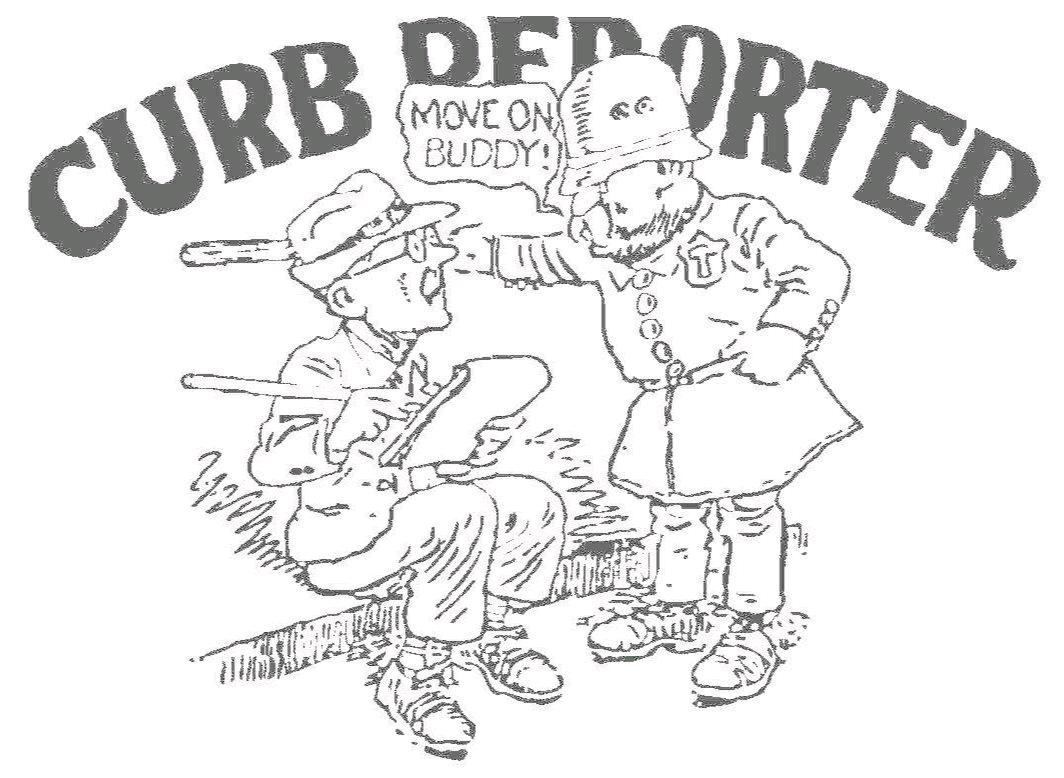A time for sacrifice
Published 10:17 am Tuesday, July 3, 2012
Editor’s note: This article was shared by Scott Camp, commander VFW Post 9116 and its auxiliary, but was written by Rev. Sir Knight Donald C. Kerr.
The Fourth of July, as we know, is Independence Day.
Going back in history to 1776, we can recount certain events. Fifty-six men met together and signed a new document. That parchment, The Declaration of Independence, would stand forever as a partnership between the living, the dead, and the yet unborn.
The last paragraph reads, “We mutually pledge to each other our lives, our fortunes, our sacred honor.” The 56 signatures were kept secret for half a year, because those who signed that document knew that they were risking everything.
The 56 men were men of means and well educated. Twenty-four were lawyers. Eleven were merchants. Nine were farmers and owners of large plantations. One was a surgeon, and one was an ordained clergyman.
In Pennsylvania, the state house is called Independence Hall. The chosen men from each of the colonies sat down together, and on June 11th, a committee was formed to draw up a Declaration of Independence. Thomas Jefferson finished the draft in seven days, and on July 4, 1776, it was adopted.
Of the 56 men who signed that document, five were captured by the British and tortured before they died. Twelve had their homes looted or destroyed. Nine died in the way from hardships or bullets. One wealthy planter and trader was Carter Braxton of Virginia. He saw his ships swept from the sea in battle. To pay his debts he sold his house and all his properties. He died in rags.
So let us remember the heritage from which we come and remember too that at least nine and perhaps as many as 20 of the 56 were Masons. That should make us proud.


